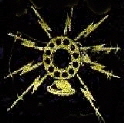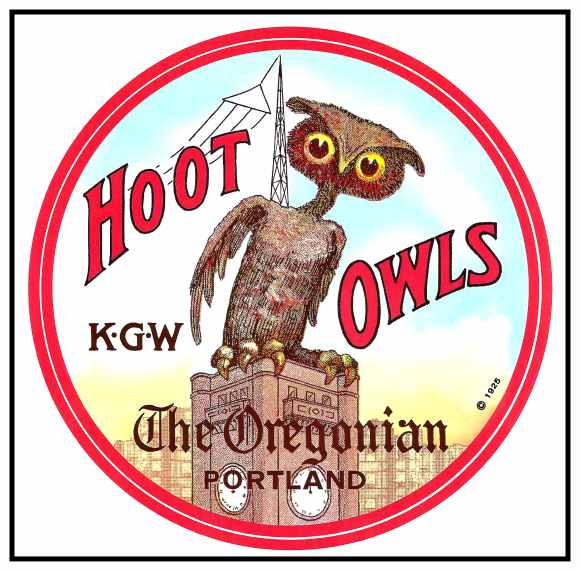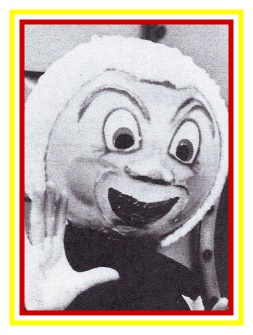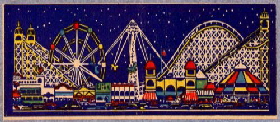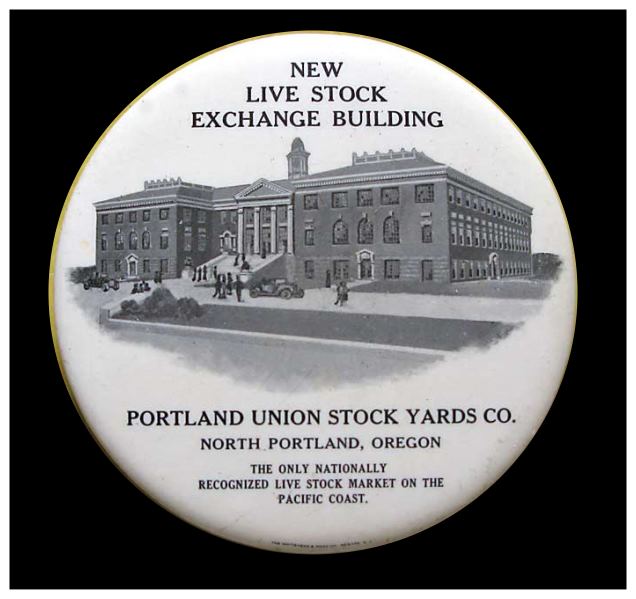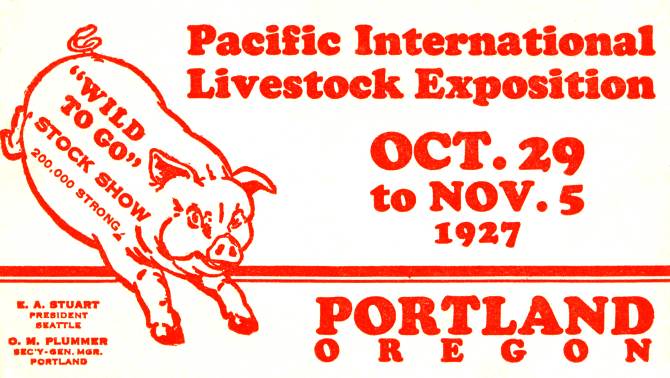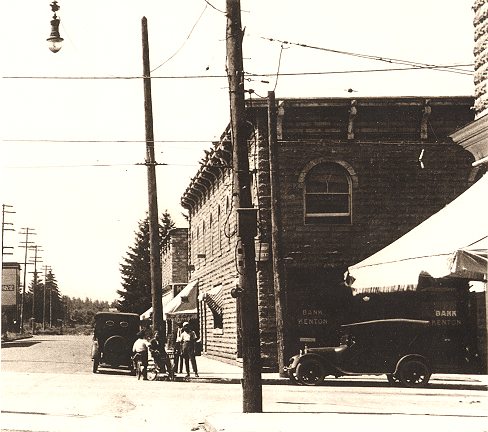|
The Associated Banking & Trust Company, which had been organized in 1892 for the purpose of investing in and developing real estate, purchased the land that is now Kenton. In the coming months, the corporation became indebted to the Ainsworth Bank. Subsequently, J.C. Ainsworth bought the tract for $15,000 on October 28, 1897, when the Multnomah County Sheriff sold it to cover debts.
Independently operating local butchers Adolph Burckhardt, Thomas Papworth, Morton M. Spaulding, James and John O’Shea and Emanuel Masy joined together in 1893 to form the Union Meat Company. In 1906, Swift & Company purchased their assets, though their operations continued to be known locally as the Union Meat Company.
|
